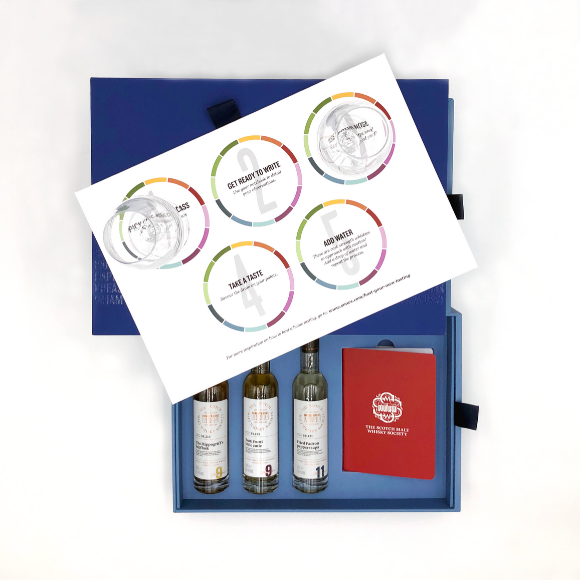North British
A Grainy Night in Gorgie
The North British Distillery Company was set up as a cooperative by a group of whisky blenders and merchants, including names like Andrew Usher, William Sanderson and John Crabbie. These men had become tired of depending on Distillers Company Ltd for supplies of grain whisky and hoped to challenge their monopoly. Somewhat ironically, NB is now part owned by Diageo, a company that largely evolved from DCL. The other joint owners are the Edrington Group.
Grain whisky was made in pot stills throughout the 19th century, but great advances came after the patent still was invented by Robert Stein in 1827 and improved by Aeneas Coffey in 1831. Along with the devastation of the cognac vineyards this helped blended whisky to become an international success. In that context, grain whisky was very much in demand.
Construction of the North British (NB) began in 1885, on a green-field site, outside the urban reach of Edinburgh. Robert Louis Stevenson was still living in Edinburgh and Kidnapped was about to be published. Above the Hawes Inn the Forth Bridge was also under construction, and the Town Councillors agreed to permit smoking in Princes Street Gardens. In 1886 Hearts F C built Tynecastle Stadium next door. Hearts and NB share the same maroon corporate colour and workers have occasionally watched matches from upper floors when they should have been working.
When it came on stream in 1887, NB represented the leading edge of grain distillation and the early years were hugely profitable. Inevitably though, expansion, innovation and adaptation over the years have resulted in an entirely different distillery today. In five weeks it can now produce what once took a year. Every day 110 tonnes of green malt arrives from Berwick. Malted barley makes up nearly 15% of the mash, providing the necessary diastase or enzyme to convert the starch to sugar. That starch comes from maize, which is more expensive than other cereals but NB believes it gives better character to the whisky.
The green malt is milled into a slurry of enzymes and the maize is pressure-cooked into a porridge of starch. The two are combined for mashing at 63 degrees and the resulting wort is strained and sent for leisurely fermentation in the 40 washbacks. After this stage the process differs hugely from a malt distillery. Three Coffey stills, each 40 feet tall, distil continuously, producing 10,000 litres of alcohol per hour. At full tilt this distillery produces 10 bottles of whisky every second!
The column stills are made up of stacked chambers separated by perforated plates. A considerable amount of copper is used in the construction of NB stills, again in order to maximise whisky quality. The pre-heated wash trickles down the analyser column where it meets rising low-pressure steam. This steam lifts off the alcohol as vapour, which is then condensed in the rectifier column and run off as spirit roughly three quarters of the way up the column. So all you really need to operate this miraculous piece of equipment is a steady supply of wash and a steady supply of steam. Out comes a steady supply of spirit at 94.5% abv.
Nothing is wasted; unique among distilleries, NB collects carbon dioxide from fermentation. This is sold for carbonating beer (one week??s CO2 can fizz 455 million cans of beer) or soft drinks (perhaps the only desirable connection between whisky and Coke!) and even for cooling nuclear reactors. NB also has a huge animal feeds plant which can produce 50,000 tonnes of dark grains (animal feed pellets) a year. The distillery is highly efficient in energy use and won an energy conservation award in 2001.
So NB is still at the leading edge of grain whisky production, as it was from the start. However, a town centre location means that environmental issues inevitably impact on production costs. They recently spent ??250,000 on an odour abatement plant. Space is also at a premium; NB closed its maltings in 2002 and nearly all warehousing is now out of town. The value of the land must make it a prime candidate for development some day.
The history of NB is like a microcosm of the history of the whisky industry in Scotland. Forged by whisky barons in the whisky boom of the late 19th century, it has had to rise and fall with the tides of market forces, economic cycles and ever-tightening environmental constraints. NB is a survivor and a success story in our time but who knows what the future might hold.

